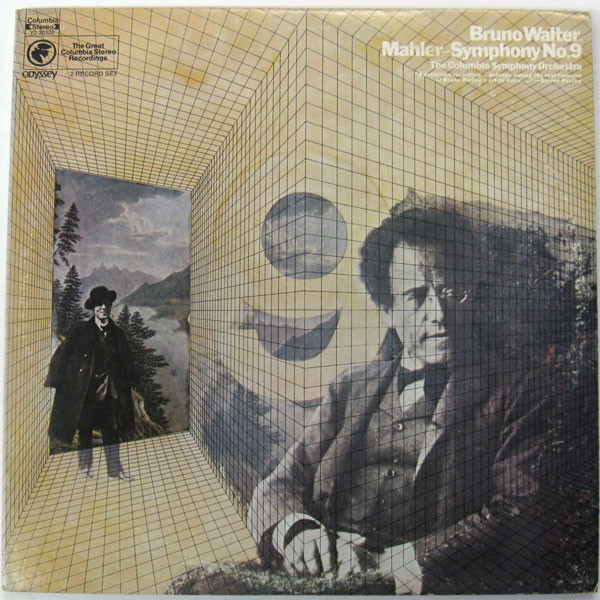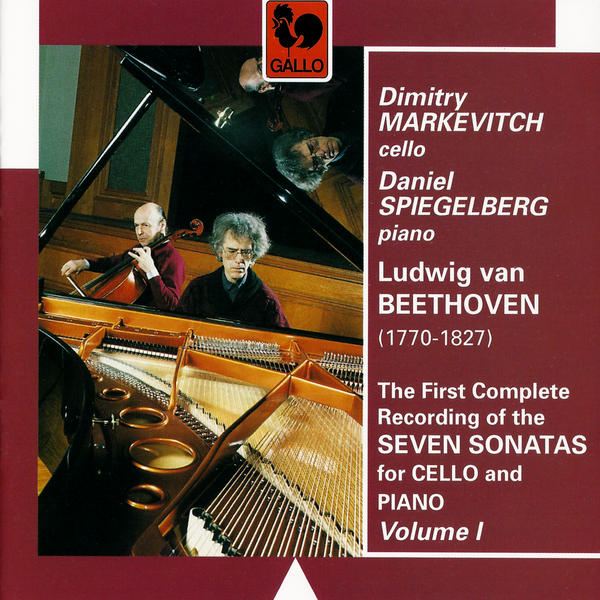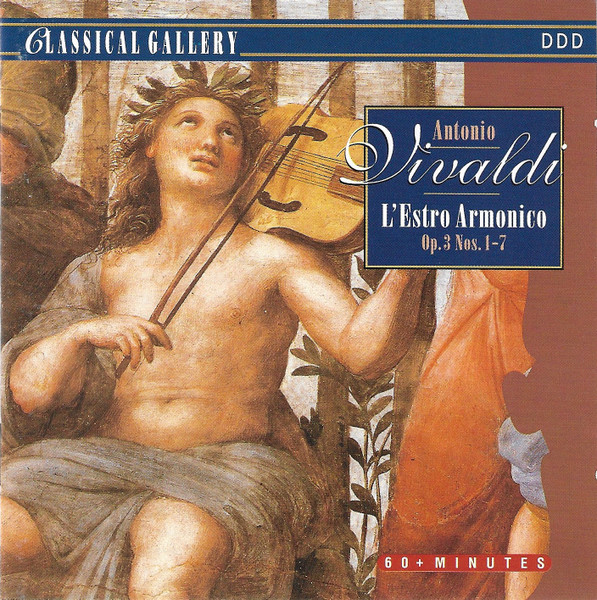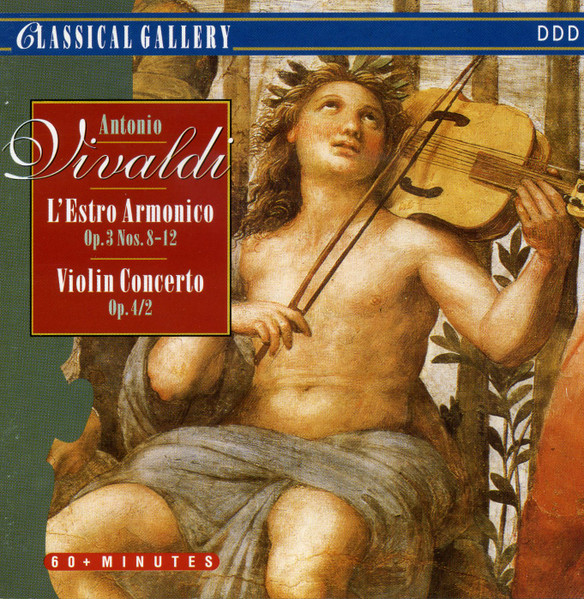| This is my post from this week's Tuesday Blog. |
First,
let’s establish the orchestra. According to data I gathered, this performance
was recorded 26th Jan. 1961 at the American Legion Hall in Hollywood. Thus,
this is a California-based incarnation of the Columbia Symphony – probably
using the same musicians Stravinsky would use locally for his legendary 80th
birthday recordings for the same record label. I’d expect many were members of
the Los Angeles Philharmonic and local movie studio contract musicians.
As we know
from music history, Mahler’s Ninth is his last “complete” symphony (that is,
with full orchestration) and was never performed in Mahler’s lifetime; Walter,
Mahler’s longtime assistant and colleague to whom the work is dedicated,
conducted its first performance on 26 June 1912, at the Vienna Festival.
Although
the symphony follows the usual four-movement form, it is unusual in that the
first and last are slow rather than fast. As is often the case with Mahler, one
of the middle movements is a ländler. Though the work is often described as
being in the key of D major, the tonal scheme of the symphony as a whole is
progressive; while the opening movement is in D major, the finale is in D-flat
major. As is the case with his latter symphonies, the work not only requires a
large orchestra (including clarinets in A, B-Flat and E-Flat, two harps, and a
large array of percussion instruments), it lasts well over an hour.
Walter’s
discography features at least two recordings of the Ninth – a 1938 concert
performance with the Vienna Philharmonic and this 1962 studio recording. There
may well be other live recorded performances along the way too.
As a
reviewer says, Mahler’s ninth is a bit like Hamlet - there is vast room for
varying interpretations Bruno Walter's stereo recording is indispensable for a
clear view of the non-neurotic approach to the work.
The
recording has been released numerous times – the one in my own collection is
part of the Odyssey “budget priced” re-issue series – and more recently on
Sony's complete Walter edition. This is a superlative release that belongs in
the collection of any and all Mahler enthusiasts; the sound of the original was
astonishing in its day, and still is.
Happy
listening!

Gustav
MAHLER (1860-1911)
Symphony
no. 9 in D Major (1908- 09)
Columbia
Symphony Orchestra
Bruno
Walter, conducting
Recorded 26th
Jan. 1961; American Legion Hall, Hollywood, California
Odyssey –
Y2 30308
Format: 2 x
Vinyl, LP, Album, Reissue, Stereo (1971)






